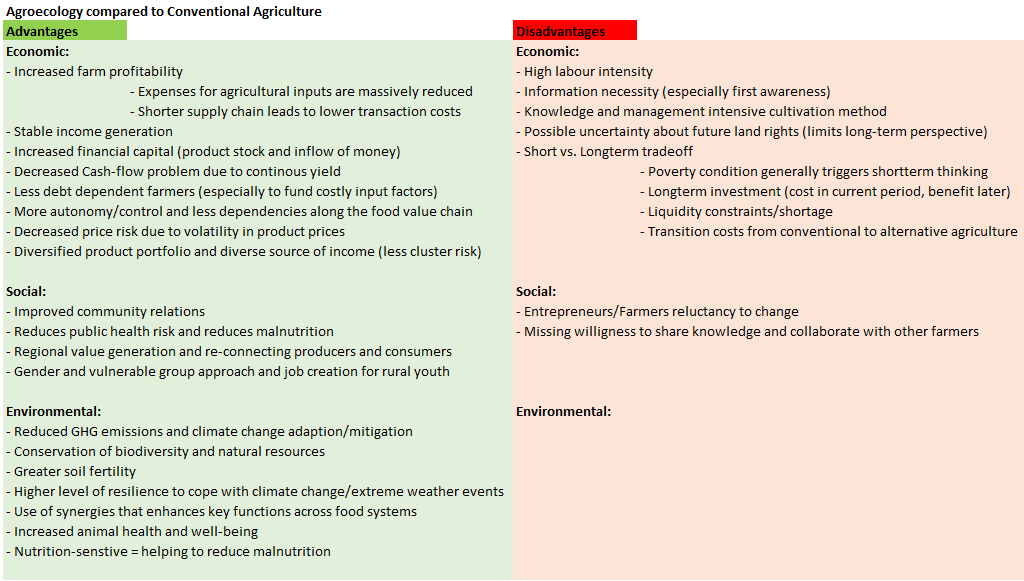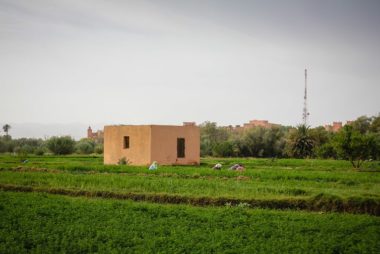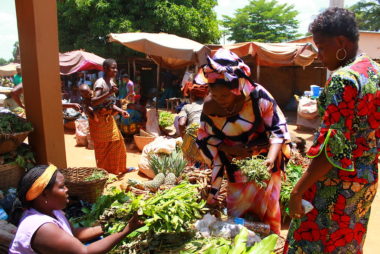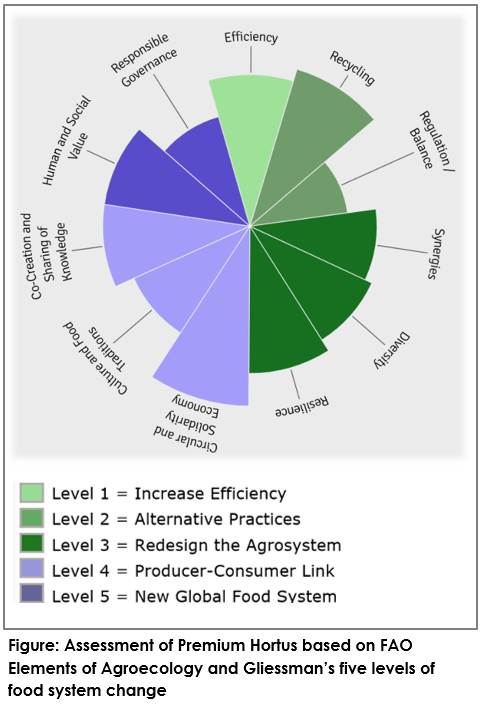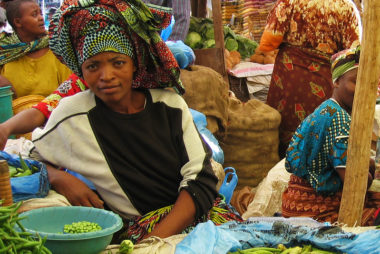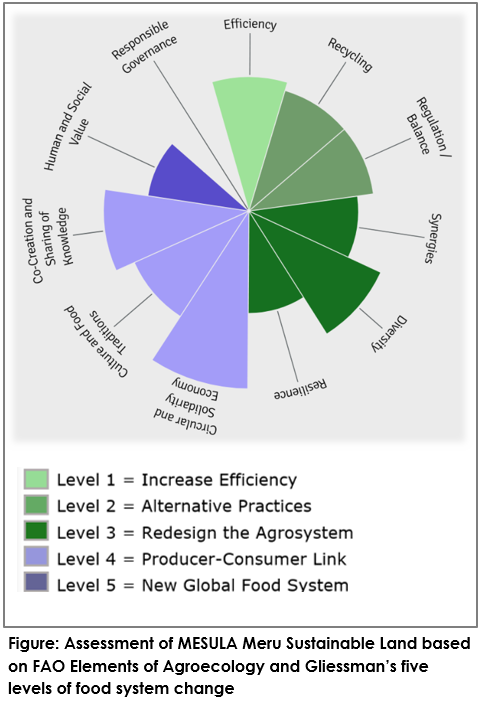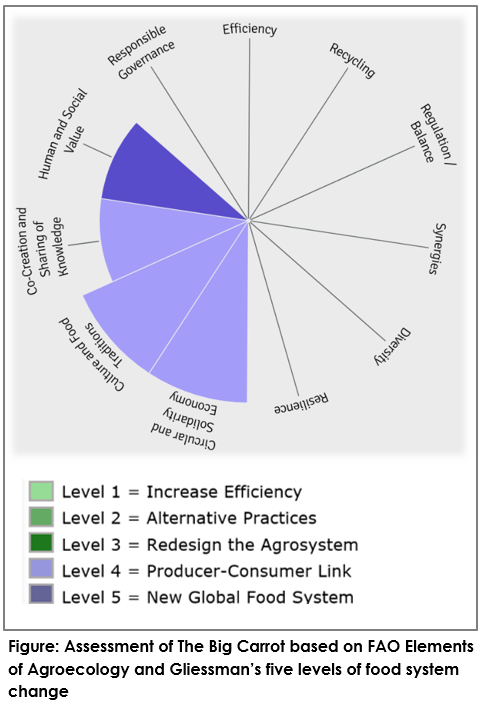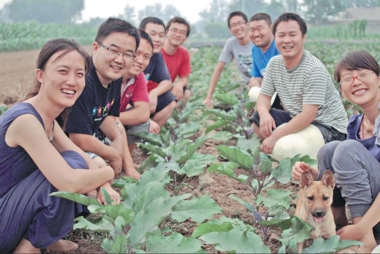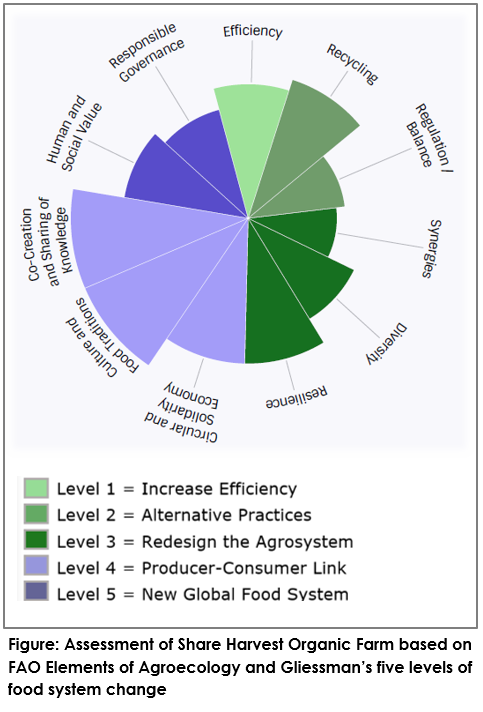Climate Change Resilience
Climate-Resilient Livelihoods and Food Systems
Climate change has severe negative impacts on livelihoods and food systems worldwide. Our future climate according to latest scenarios seriously undermine current efforts to improve the state of food security and nutrition, especially in sub-Sahara Africa. To address this to its full extent, there is an urgent need for transformational change of our food systems towards more sustainability and resilience. Agroecology could play a vital role here.
Given the sound knowledge base, fostering agroecology to build resilience should be recognized as a viable climate change adaptation strategy.
About the study
The study highlights the links between agroecology and climate change, by providing evidence on the technical (i.e. ecological and socio-economic) and policy potential of agroecology to build resilient food systems. The report aims to answer the following question:
How can agroecology foster climate change adaptation, mitigation and resilience through practices and policies?
Inspired by the idea that transformation will only happen through a coordinated approach among all levels, this study aims to combine evidence from a broad range of backgrounds and perspectives.
Key insights to the study
Resilience
Solid evidence demonstrates that agroecology increases resilience, especially by strengthening a) ecological principles, in particular biodiversity, overall diversity and healthy soils; and b) social aspects, in particular co-creation and sharing of knowledge and building on traditions.
Transformation
The interdisciplinary and systemic nature of agroecology is key for its true transformational power but challenging, both for research and policy processes: the majority of existing scientific evidence and policy processes focus only on the productive dimension, mostly focusing on crop production.
Policies
More than ten percent of the NDCs by UNFCCC member states mention agroecology and consider it a valid approach to address climate change. The climate potential of agroecology is furthemore backed by the IPCC Special Report on Land and the 2019 CFS HLPE report.
Recommendations
- Given the sound knowledge base, fostering agroecology to build resilience should be recognized as a viable climate change adaptation strategy.
- Further comparative research on the multidimensional impacts of agroecology is needed.
- Barriers to the scaling-up of agroecology need to be addressed: amongst others, improved access to knowledge and understanding of systemic approaches should be fostered across sectors, stakeholders and scales.
- Agroecology’s transformative resilience building potential depends on its holistic and systemic nature, which goes beyond a set of practices and includes: a social movement, for producers’ empowerment and a multidisciplinary scientific paradigm.
Partner


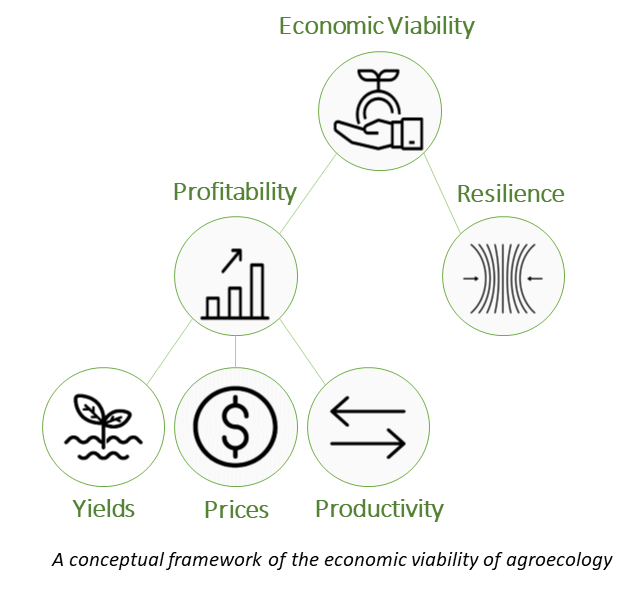
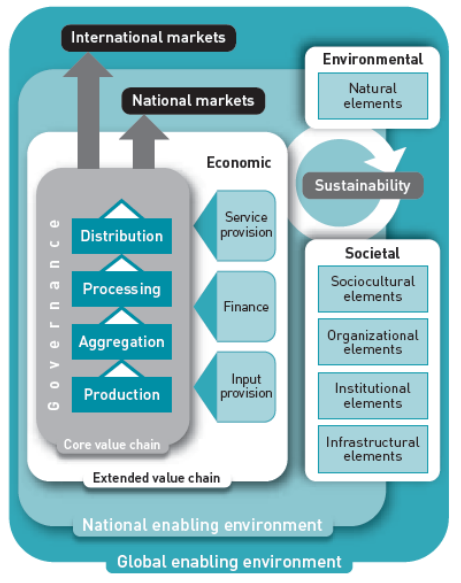
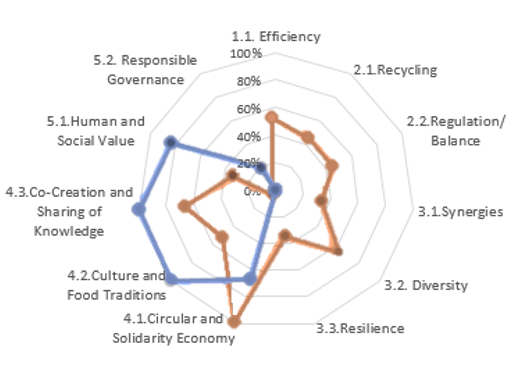
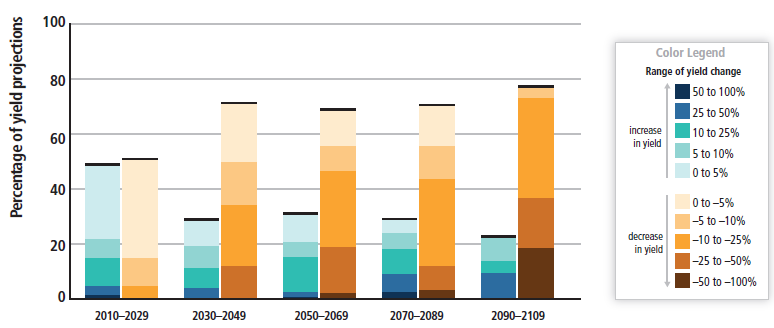 The intergovernmental panel on climate change projected impacts to vary across crops and regions and adaptation scenarios, with about 10% of projections for the period 2030–2049 showing yield gains of more than 10%, and about 10% of projections showing yield losses of more than 25%, compared to the late 20th century. Overall, all aspects of food security are potentially affected by climate change, including food access, utilization, and price stability (high confidence). Global temperature increases of ~4°C or more above late-20th-century levels, combined with increasing food demand, would pose large risks to food security globally and regionally (high confidence). IPCC_summary for policymaker p.17-18
The intergovernmental panel on climate change projected impacts to vary across crops and regions and adaptation scenarios, with about 10% of projections for the period 2030–2049 showing yield gains of more than 10%, and about 10% of projections showing yield losses of more than 25%, compared to the late 20th century. Overall, all aspects of food security are potentially affected by climate change, including food access, utilization, and price stability (high confidence). Global temperature increases of ~4°C or more above late-20th-century levels, combined with increasing food demand, would pose large risks to food security globally and regionally (high confidence). IPCC_summary for policymaker p.17-18